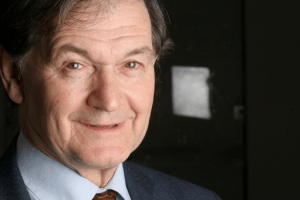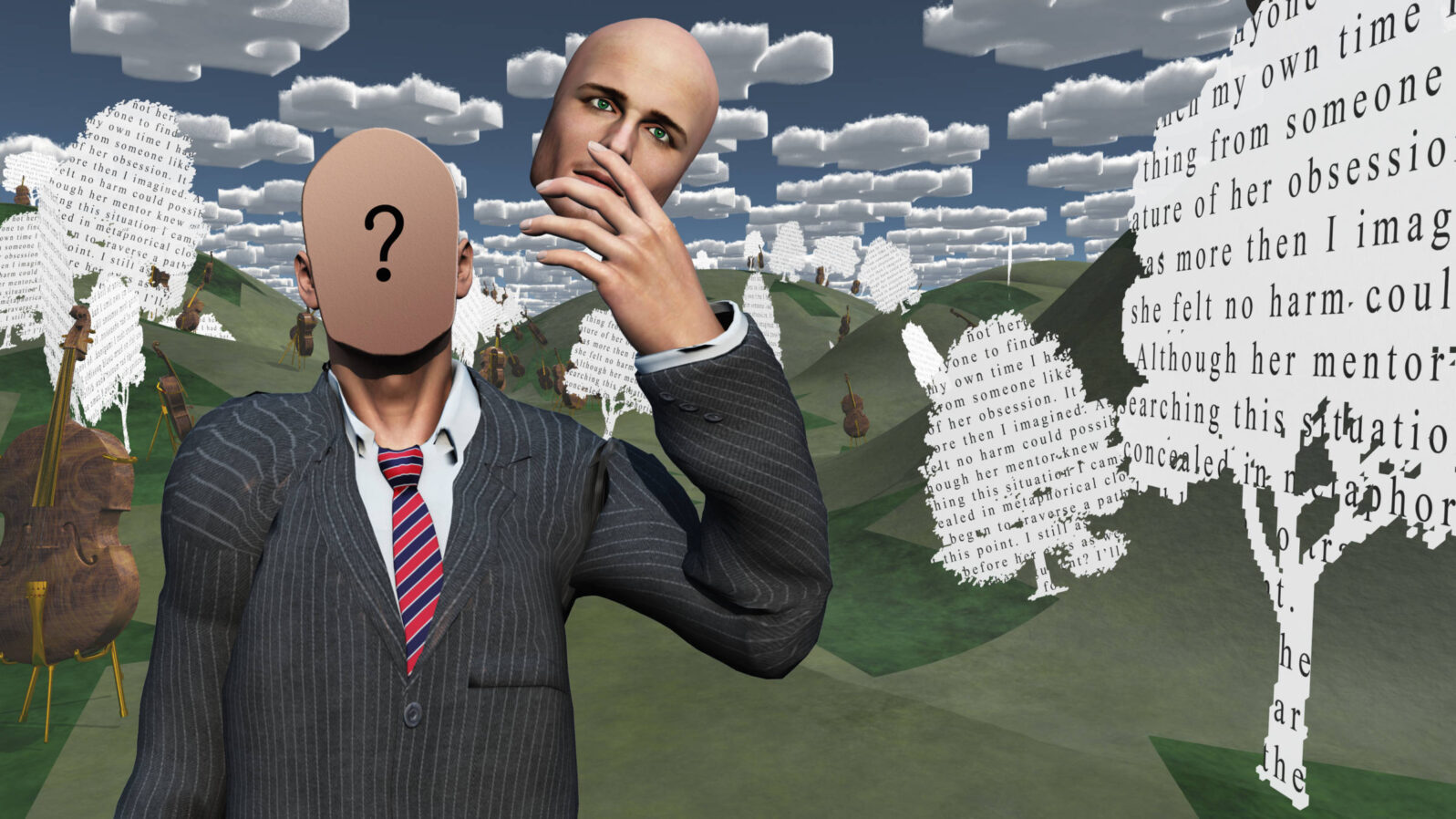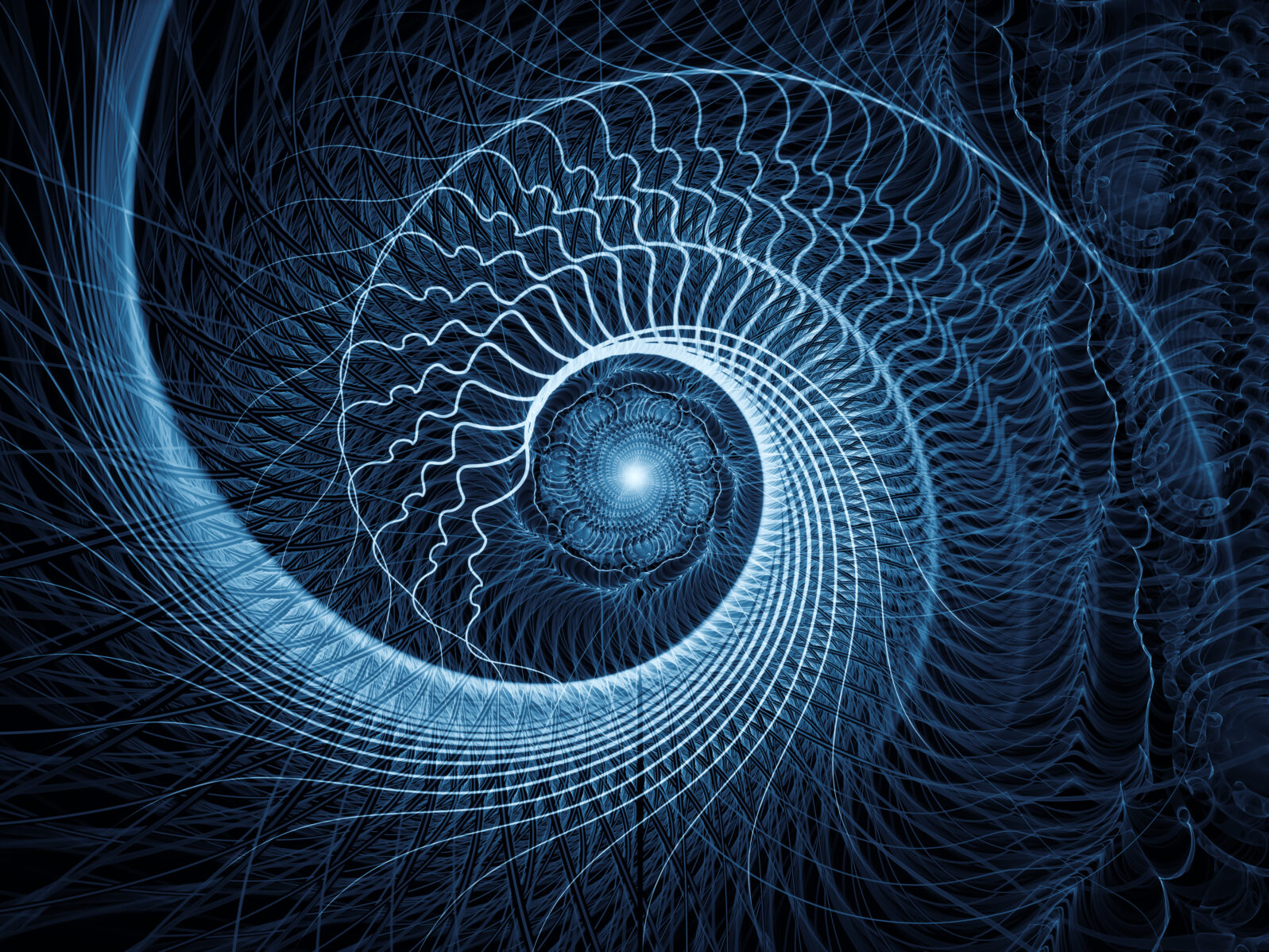Can Roger Penrose Explain Consciousness Through Physics?
The Nobel Laureate physicist makes clear that he only wants a theory of human consciousness if the explanation comes down to physicsNobel Physics Laureate Roger Penrose was featured recently in Forbes on a topic of lifelong interest for him, consciousness. He is convinced that a solution to the famously hard problem of consciousness lies in physics, particularly in fundamental physics.

The central problem in quantum mechanics — the physics of the very smallest particles of our universe — is that they exist only in a probable state until they are measured. That has led to a variety of interesting theories, including the thesis that such collapses generate alternative universes and the thesis that the measurement actually causes the collapse. Penrose, who has been working with anesthesiologist Stuart Hameroff on a theory of consciousness (Orch OR) for decades, has little use for either theory. His own theory, which attempts to account for consciousness via quantum collapse, will seem to many like a bit of a walk on the wild side too:
Penrose’s theory proposes that each gravity-induced collapse causes a little blip of proto-consciousness: micro-events that get organized by biological structures called microtubules inside our brains into full-bodied awareness. A conscious observer doesn’t cause wave function collapse. A conscious observer is caused by wave function collapse.
Andréa Morris, “Testing A Time-Jumping, Multiverse-Killing, Consciousness-Spawning Theory Of Reality,”Forbes, October 23, 2023.
So wave function collapses cause our minds to exist?
As Morris notes, elementary particles can do some remarkable things. For example, the Nobel Prize for Physics in 2022 went to a team that proved that entangled quantum particles, which could be on opposite sides of the universe, affect each other instantaneously without sending a signal faster than the speed of light. Penrose argues that they do this by jumping backward in time (“retro-activity”).
But still, does that mean that they can produce consciousness? Why should they? We learn something from the Forbes article that sheds some light on the question, in relation to Penrose’s life work:
Penrose is a physicalist. Whatever consciousness is, he’s convinced it can be explained by the laws of physics, and he’s fairly confident our current theories give us at least some idea of what those laws are. “It’s hugely tempting to go off in a wild direction,” says Penrose, highlighting the risky business of trying to account for consciousness scientifically.
Morris, Spawning
In other words, he wants a theory of consciousness provided that it can be a theory in physics. And he will keep looking for one along those lines.
Not only physics but physicality
Penrose is not alone and some theorists are much more emphatic, demanding not only physics but physicality: .
Philosopher John Searle, author of the famous Chinese Room experiment on the limits of consciousness in computers, was adamant that “from everything we know about the brain, consciousness is causally reducible to brain processes”. He offers an image:
In a similar way there is nothing in the car engine except molecules, which have such higher level features as the solidity of the cylinder block, the shape of the piston, the firing of the spark plug, etc. “Consciousness” does not name a distinct, separate phenomenon, something over and above its neurobiological base, rather it names a state that the neurobiological system can be in.
John R. Searle, Why I Am Not a Property Dualist, Journal of Consciousness Studies, 9, No. 12, 2002, pp. 57–64, p. 60
Innumerable scientists and science writers have expressed similar sentiments. The whole approach sounds like a prolonged, no-win war on reality. Human consciousness is not likely to be the simple outcome of certain arrangements of molecules.

It is as well to stop at this point and recall something. It’s not clear what consciousness even is. We all sense it in ourselves. We reasonably believe that other human beings do too — and that dogs, cats, birds, horses, elephants and so forth have some sort of consciousness. Most of us also assume that sea sponges, cucumbers, and chairs don’t have it. Here the panpsychists disagree with the rest of us. And the eliminative materialists think that consciousness is merely a folk myth.
There is no shortage of theories of consciousness — we haven’t even considered popular ones like identity theory, behaviorism, and computer functionalism. Yet the only thing we really know about consciousness is that it is related more to the brain than to, say, the elbow. A 2022 study from Tel Aviv University, analyzing four leading theories, found that “Each of these theories offers convincing experiments to support them, so the field is polarized, with no agreed-upon neuroscientific account of consciousness.”
Neurosurgeon Michael Egnor, author with me on the upcoming book The Human Soul (Worthy 2024), offers a simpler approach: “The reality is much simpler than the current philosophical debate over “consciousness” implies: We are human beings who do things. What we vaguely call “consciousness” is several of the many activities which, taken as a whole, the philosopher Aristotle. called the human soul.” But to find that a useful approach, we would need to begin by believing in the human soul, which much modern neuroscience seems designed to avoid.
Next: Cognitive scientist Donald Hoffman and the “conscious aleph infinity agent” — no, it’s not science fiction; it’s a serious effort to explain consciousness.
You may also wish to read: The human mind has no history There is no good reason to assume that human intelligence evolved from mud to mind via a long slow history. When we look at the human past, we see lights flashing on suddenly. Technology evolves but not the mind as such.
